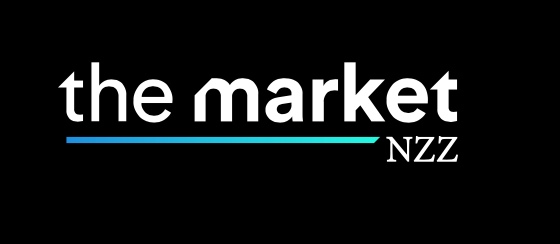
Is the Stock Market Trying to Cross a Bridge Too Far?
Written by Charles Biderman, published in THE MARKET / November 25,.2020
Global markets have been surging since three vaccines with 90%+ efficacy have recently passed clinical phase III trials. In essence, the stock market is saying that the end of the pandemic is in sight and that «real good times» lay ahead.
I use the phrase «real good times» because the US stock market is already trading at a multiple of around 25 times next year’s earnings. The last time it was at these levels was right before the dotcom bubble crash in 2000-2001. The real question is if incomes do not grow as fast as the markets expect, where will the money come from to boost stocks ever higher?
The main reason stocks have been soaring is that more than $6 trillion in newly printed money that has been injected by the US Treasury into the economy this year. Instead of income fueling consumer and business expenditures, it is US central bank money printing that is the source of this market’s partying.
Monetary policy is not a panacea
This new money is supposed to fund the gap between incomes and expenses until the pandemic ends and business can return to normal. Instead, it appears that the new money is being used to buy stocks, houses and automobiles.
And then there is the Covid-19 pandemic. While vaccines and rapid testing will be widely available by the middle of next year – what do we do to keep going until then?
Covid-19 infections are spiking in the United States. As this is being written, we are averaging over 170,000 new infections per day. Even if the death rate is down to 1% of infections, that means each day 1,700 new death sentences are handed out. No one really wants the US economy to shut back down. But who will be willing to go out and about and do business as normal when daily infections top 200,000 per day?
Whether a national shutdown or just piecemeal, the US and global economy has to slow down significantly in the next few months before the new vaccines and testing make a real difference. At some point, if earnings and income slow, can Fed printing keep making up for the difference? If Fed printing can indeed keep making the difference, maybe we should stop collecting taxes and just rely on money printing, also known as Modern Monetary Theory.
Flashback from the year 2000
Today’s stock market reminds me of the early 2000’s. Back then I used to go to the Santa Rosa Golds Gym several times per week. At the same time I was also a regular guest of Maria Bartiromo on CNBC – which was well before she lost her mind becoming a Fox Trump lover. The other gym rats used to ask regularly what they should do with their stocks – since everyone then owned dotcoms.
My universal answer back in early 2000 was the same as if anyone were to ask now: Sell half your equities and hope I am wrong that a major stock market collapse is inevitable. Believe it or not, not one gym rat admitted that they ever sold stocks before the collapse.
The Biderman Liquidity Theorem says all there is in the stock market are shares of stock and money flows in and out of the checking accounts of stock market players. These days corporate selling of newly created shares is surging. Over the past five trading days ending November 18 new offerings spiked to over $30 billion, which compares with a weekly average of $10 billion so far this year; which already is an all time yearly record.
What’s more, for the first time in a decade, corporate selling of new shares this year is now equal to all the new stock buybacks and cash takeovers announced so far this year. One of the major supports for stock prices since 2010 has been public companies buying back or acquiring for cash already public companies by $6 trillion more than all the new shares sold via IPO’s, secondaries or insider selling.
That trend appears to have ended.
Warning signals light up
Yes, new money from central banks can hide lots of negatives. Bloomberg News found that 527 of the companies in the Russell 3000 index of large U.S. corporations, with a combined $1.36 trillion of debt, are «zombies» — meaning they had trailing 12-month operating income that fell short of the interest expenses they owed over the same period. That’s up from 335 firms with $378 billion of debt at the end of last year.
Without all the free money available, those 500+ companies would be forced to restructure.
Another major negative indicator is the amount of short interest vs trading volume is at a near record low. Individual investors, not having to pay commissions, are pumping big bucks into stocks via Robinhood and the like.
We are back to where we were in 2000 when people were asking me about what to do with their stock holdings. Stock prices are at record highs. Conventional wisdom today says you cannot lose money in the stock market and the smart thing to do is to buy all market declines.
Those same truths occurred in 2000. Remember the S&P 500 peaked in August 2000, after the Nasdaq had collapsed in late March and April 2000. What happened in the summer of 2000? Historically, brokers buy other brokers at market tops. Back then, big European banks bought up US brokers Donaldson Lufkin & Jenrette, Paine Webber and Alex Brown. This year, E-Trade and TD Ameritrade were purchased by other brokers.
My answer today as to what to do with your stocks is the same as in 2000: Sell half and hope I am wrong about predicting a major collapse sometime soon.
